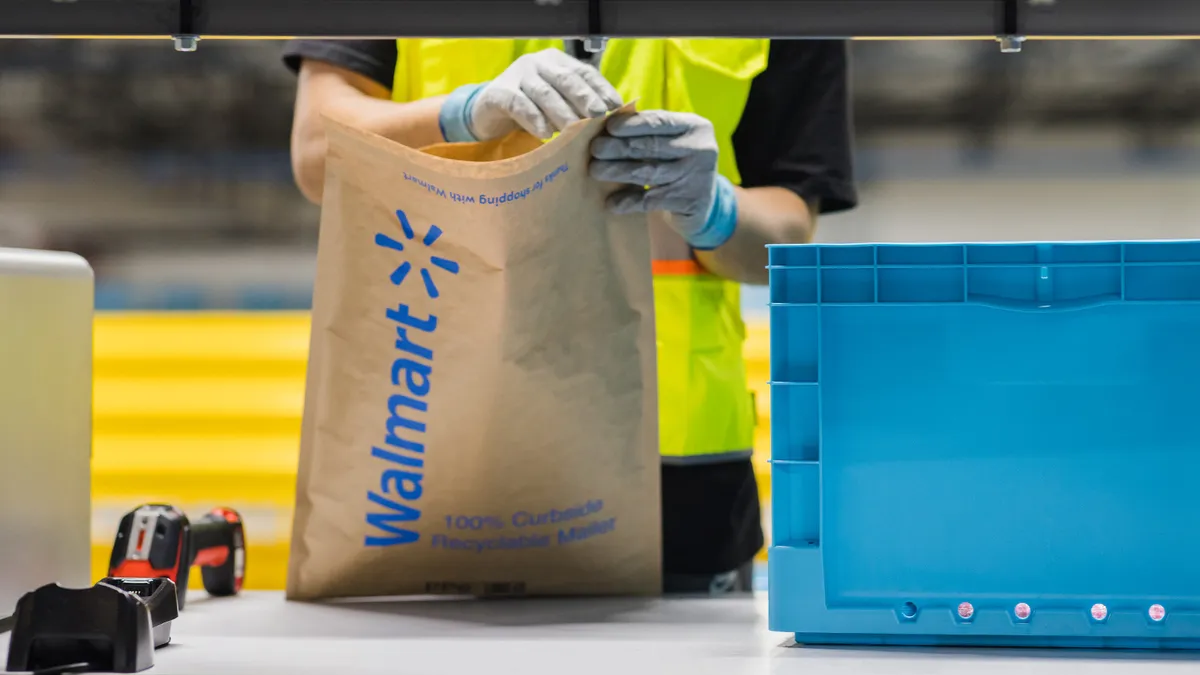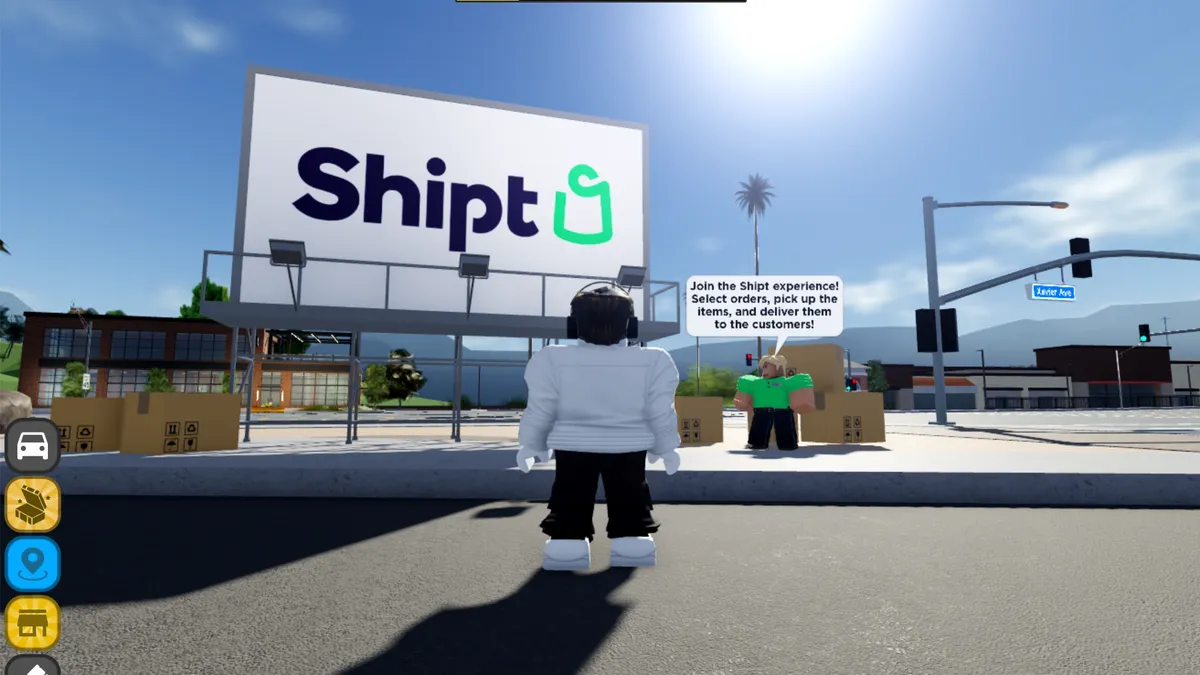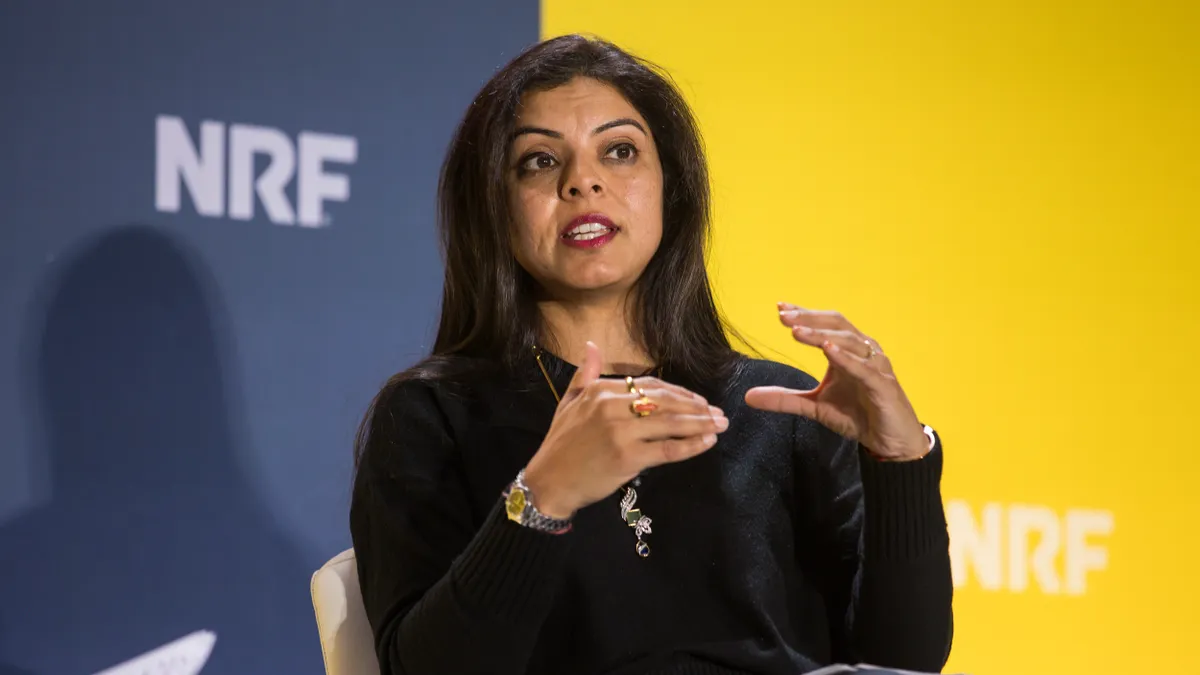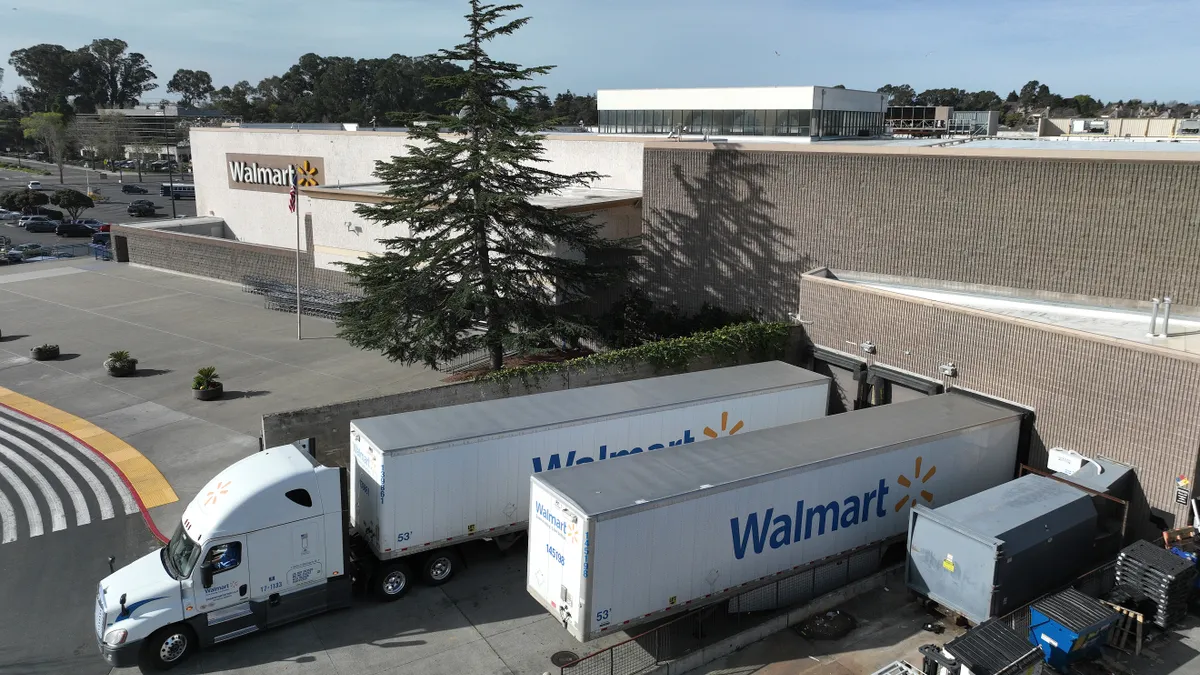The retail business—like all businesses—requires everyone in it to think about risk. Whether you are placing an order, making a hire or investing in new technology, every decision-maker involved in the process needs to weigh potential gains against the worst possible outcomes and develop a plan.
So how do you define risks? Naming them all can be challenging enough, but figuring out how they fit together can require another level of analysis entirely. Enter Matt Wensing, the co-founder and CEO of Stormpulse, Inc. His company has made a name for itself tracking weather developments and telling companies in retail, energy and elsewhere what they need to be worried about. On Monday, Stormpulse announced that it would role out an entirely new product, Riskpulse, which will monitor uncontrollable risks that extend beyond mere weather.

There's a fine line between opportunity and danger, Wensing explained in a interview with Retail Dive. His goal is to offer clients the tools they need to make the right decisions—for the sake of safety, as well as their bottom lines. On a small scale, Wensing cited a cold-weather forecast at Starbucks as an example. Conditions might cause a spike in demand for hot beverages, but they could also keep people at home or produce icy hazards. Preparing for one end of that spectrum versus another can require dramatically different steps.
We asked Wensing to tell us how he approaches risk, as well as how his Riskpulse team decides what businesses need to know. As he explained what risk means to him, it was clear that he knows what he wants Riskpulse to do—and not do. Retailers can be called upon to adapt to sudden demand shock or safety side threats, and this is how he believes decision-makers need to tackle their risk assessments:
1. DEFINE THE RISK'S PROPERTIES
"I like to slice it in two ways," Wensing explained."One of them is the lifecycle of the phenomena, so, if your were in IT you'd call these zero-day exploits, where basically you have no warning whatsoever and everything is falling apart instantly."
In other words, some circumstances simply cannot be predicted.
"Those are your earthquakes, your terrorist events, those kinds of things," he said. "But then the cycle kind of goes on from there, and you say, 'Well what about wildfires? What about hurricanes? What about seasonal ups and downs in terms of the temperature? And then really far out there you even have things like asteroids, solar weather and things.'"
2. PRIORITIZE SHORT-RANGE ASSESSMENTS
Every event comes with some kind of timeline attached. So where do you concentrate your analysis? Wensing said that as far as Riskpulse is concerned, he's thinking about things in the short term.
"As a company right now, we're focused on that zero-to-five-day range, because that's when we think we can support a decision that's being made," he said. "There's a lot of crystal-ball-gazing that goes on in this world where they say, '30 days from now the temperature is going to be three degrees hotter, and for better or worse I think there has been a great desensitizing to that level of insight or precision from people. Everyone's skeptical of the weatherman, right?"
Focusing on that five-day range allows for a simpler set of variables. It also provides a set of data that Wensing feels much more confident with for his product.
"Strategically for us, we want to position ourselves as, 'OK, these events are either ongoing or imminent,' and what you're trying to figure out is not necessarily the likelihood of them happening," he stated. "We do want to help you with that—but just to stay on the right side of the whole crying wolf thing, can we just look at the next one-to-two-to-three days and help you know what you need to do before the flash flood hits tonight?"

3. FIGURE OUT WHICH RISKS PAIR TOGETHER TO CREATE BIGGER PROBLEMS
Wensing knows a little about flash floods firsthand. "We just had one go through Austin [Texas] that washed away farms, and some people even died," he recalled.
If someone were to ask you what causes a flash flood, you might say rain. Precipitation is only part of the larger picture, however.
"We're in the middle of a historic drought, so that's a really surprising twist," he noted. "What people don't realize is because we're in the middle of a history drought, there's this confluence of factors where you say, 'Because you're in a drought, the ground is rock hard.' So when it rains, all the water runs off it very quickly, and you get much, much worse flooding when it does rain than you normally would."
4. IT'S NOT ABOUT PREDICTING THE FUTURE
Wensing doesn't want clients to come to Riskpulse thinking that it can tell their fortunes, and he is keenly aware of the difference between informing a decision and recommending that a specific decision be made. This perspective plays back into his focus on the zero-to-five-day range instead of mapping out long-term narratives.
"We want to be the last thing that somebody looks at before they make a major decision, not necessarily the thing where they're doing long-range planning," he asserted.
5. BREAK DOWN THE BLIZZARD WARNING
A blizzard is a perfect example of an event involving multiple factors.
"If you say, I've got a site in West Virginia—if we know that there's a blizzard warning or there are blizzard conditions for that site—then we'll send you back wind chill, wind direction, chance of snow and the fact that there's a blizzard warning along with the synopsis, current temperature, all the things that are relevant to a blizzard," Wensing said.
Being able to define that data and provide better analysis is where he hopes to see Riskpulse set itself apart.
"Traditionally, to go out and collect that data, part of the challenge is just knowing what's even going on right there right now so that I know which other parameters are relevant and I can go out and draw those in too," he stated. "In other words, the data retrieval process has not been made smart, and it really hampers your ability to find the signal from the noise."
Would you like to see more retail news like this in your inbox on a daily basis? Subscribe to our Retail Dive email newsletter! You may also want to read Retail Dive's look at consumer behaviors on smartphones that retailers need to know about.

















